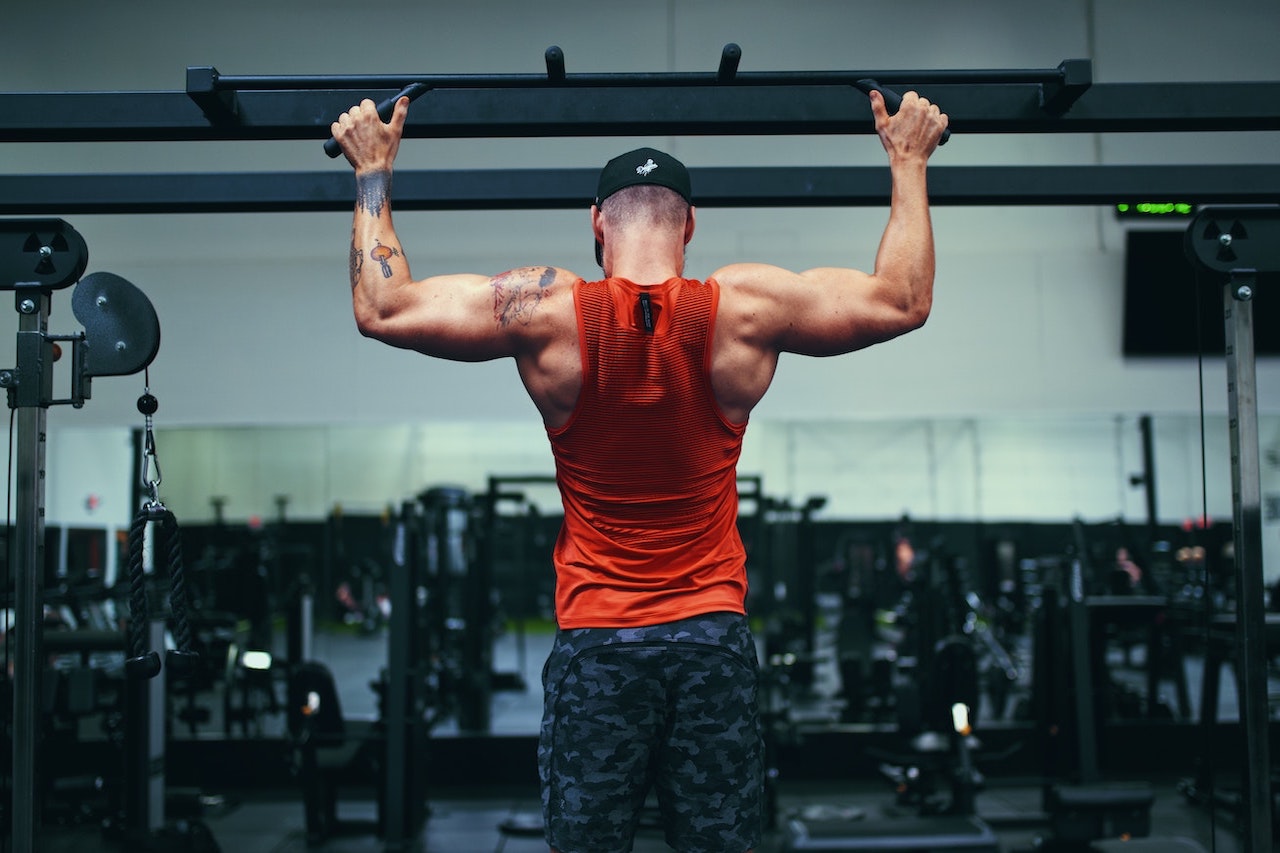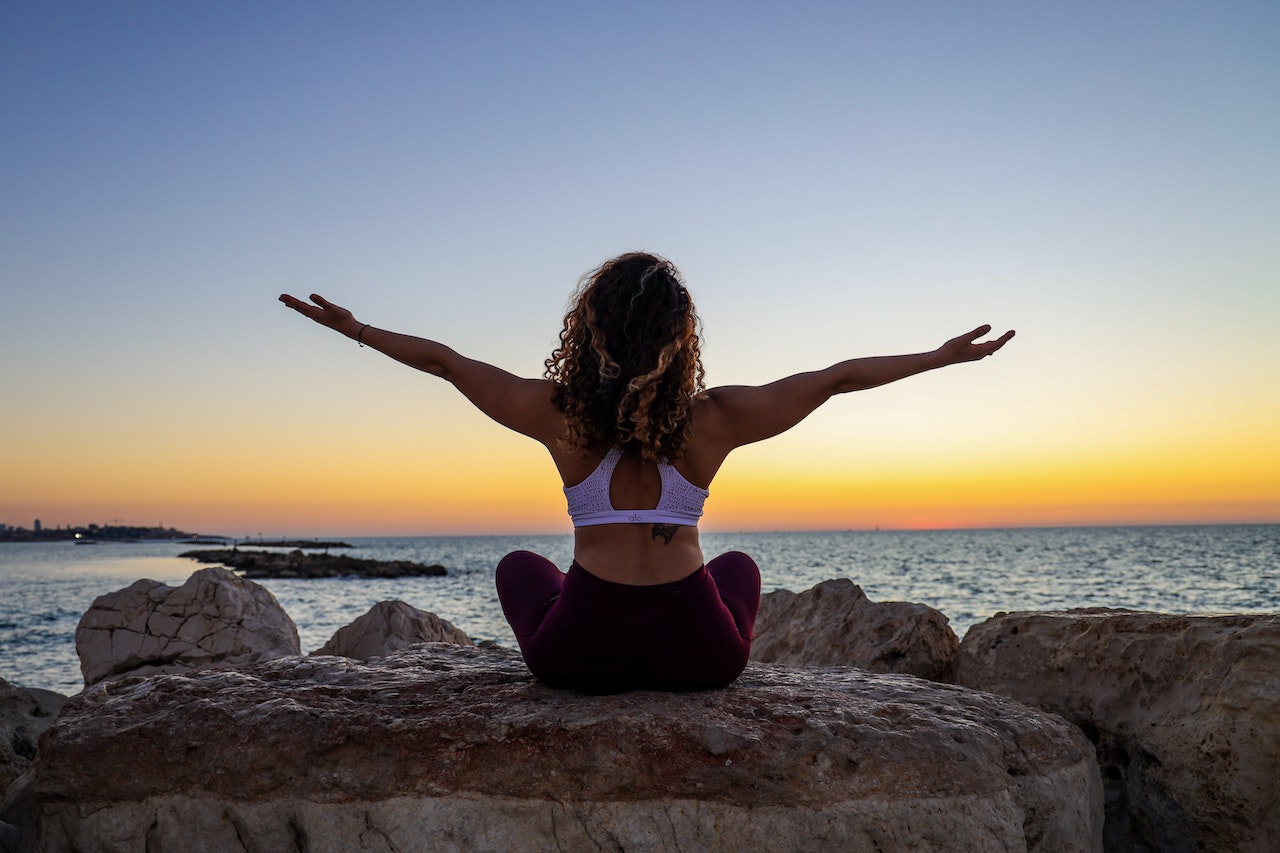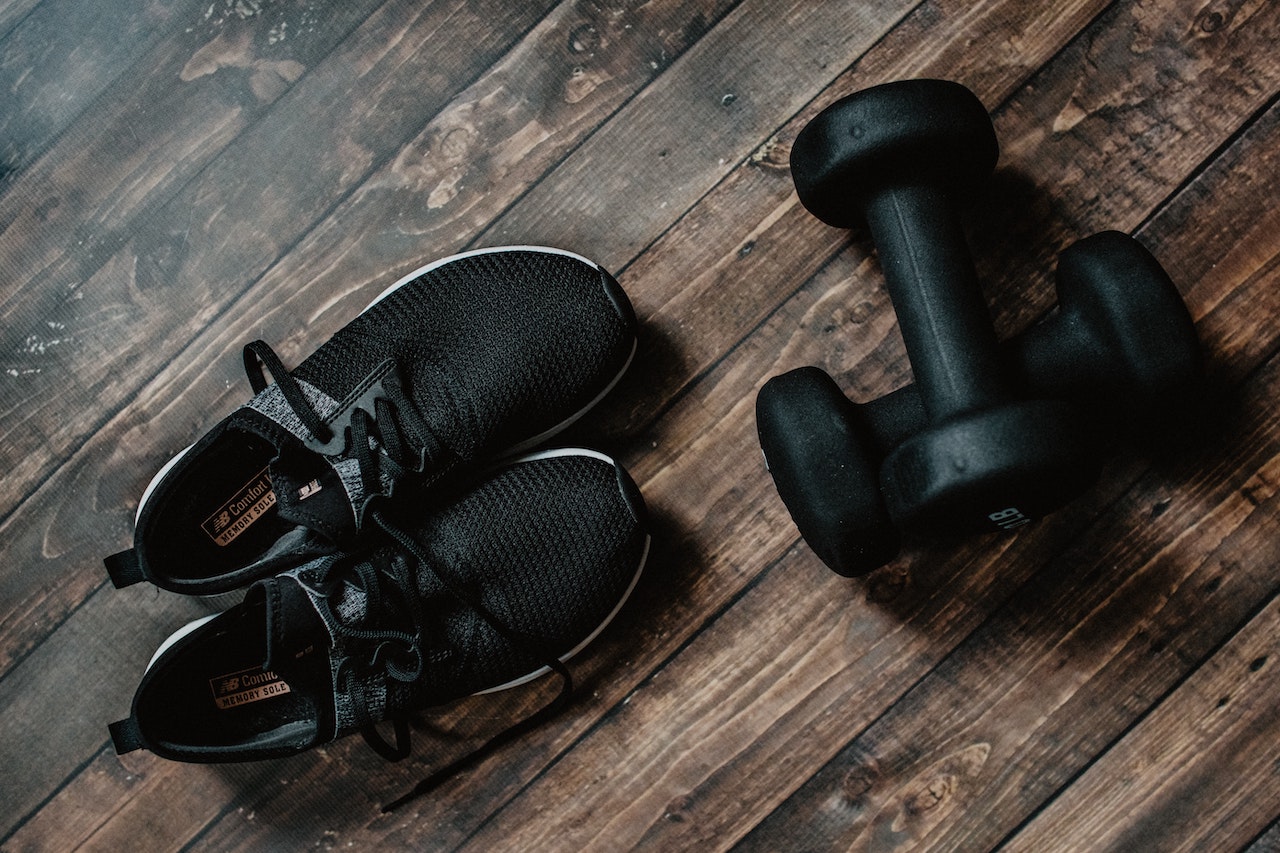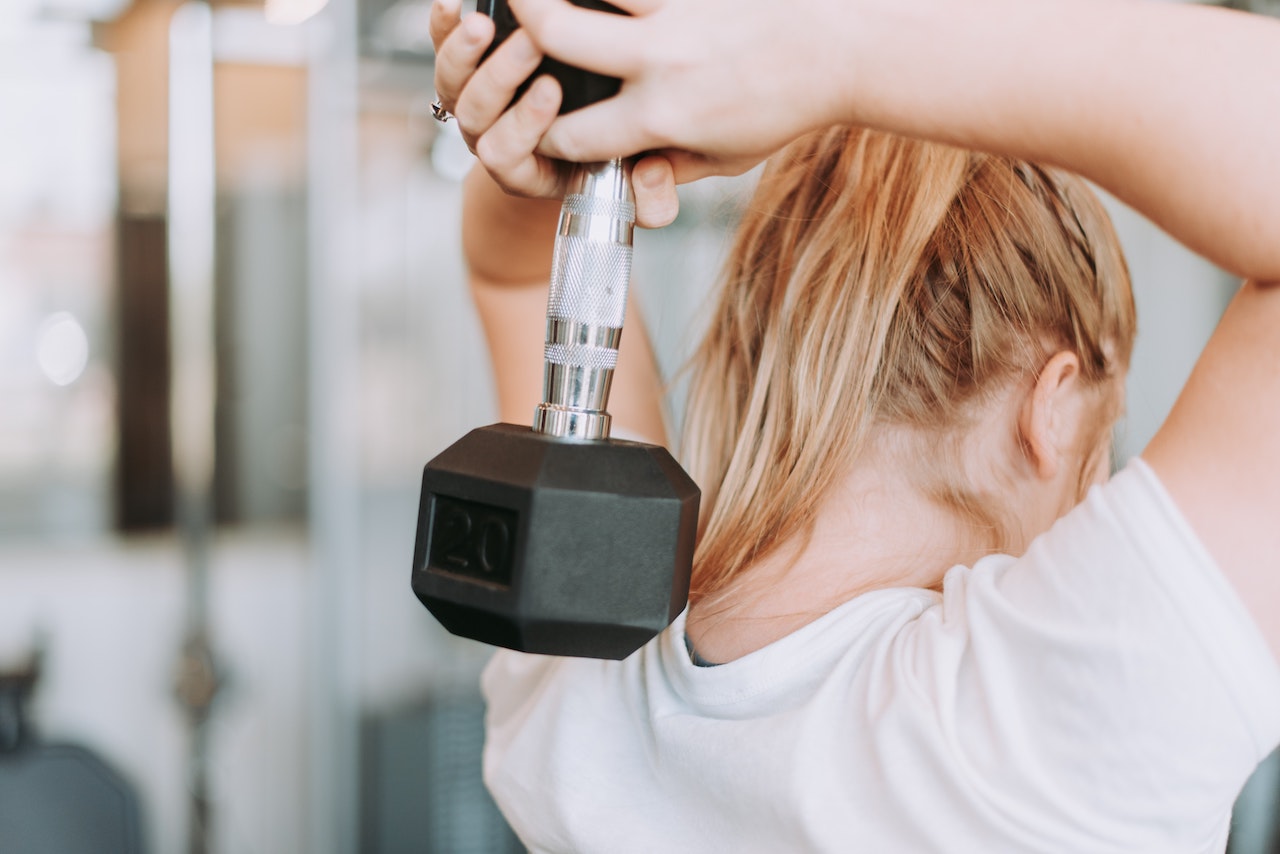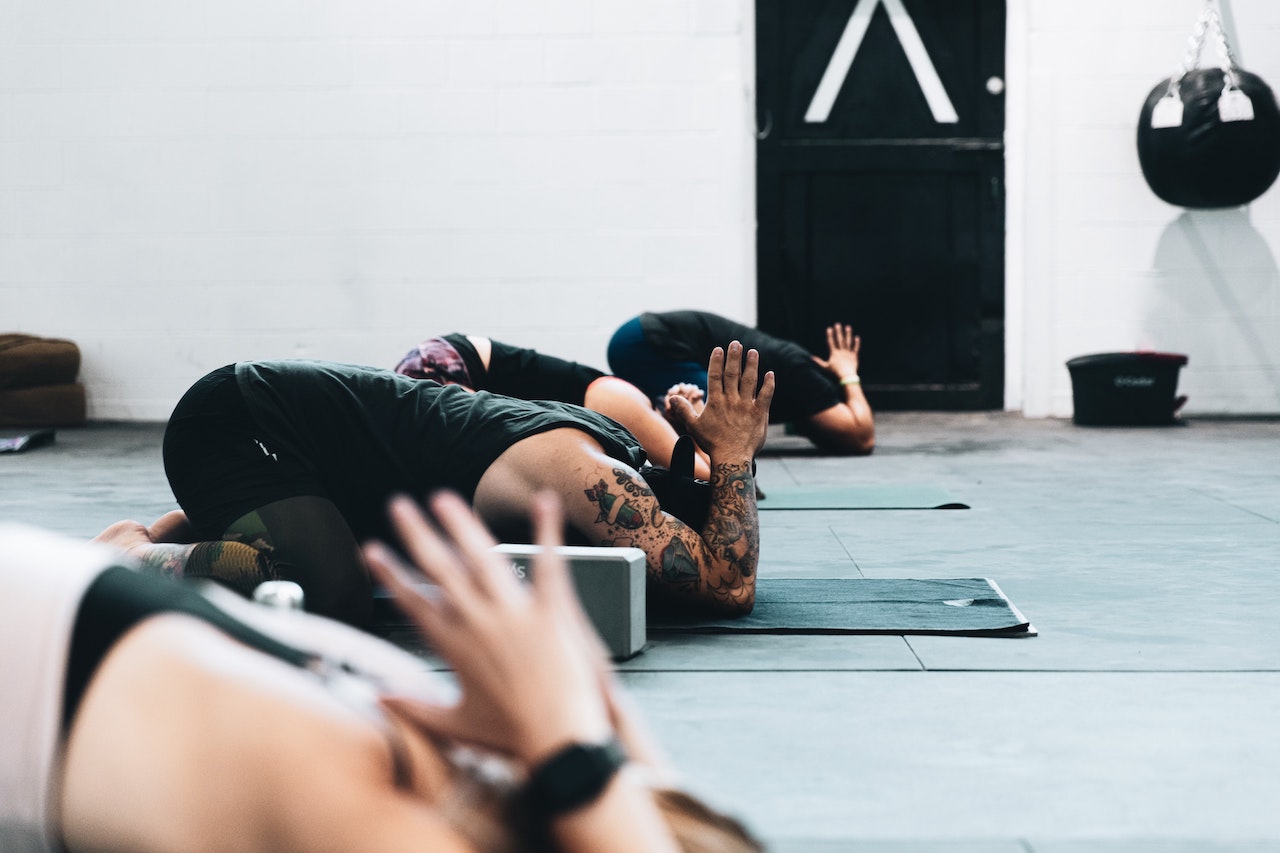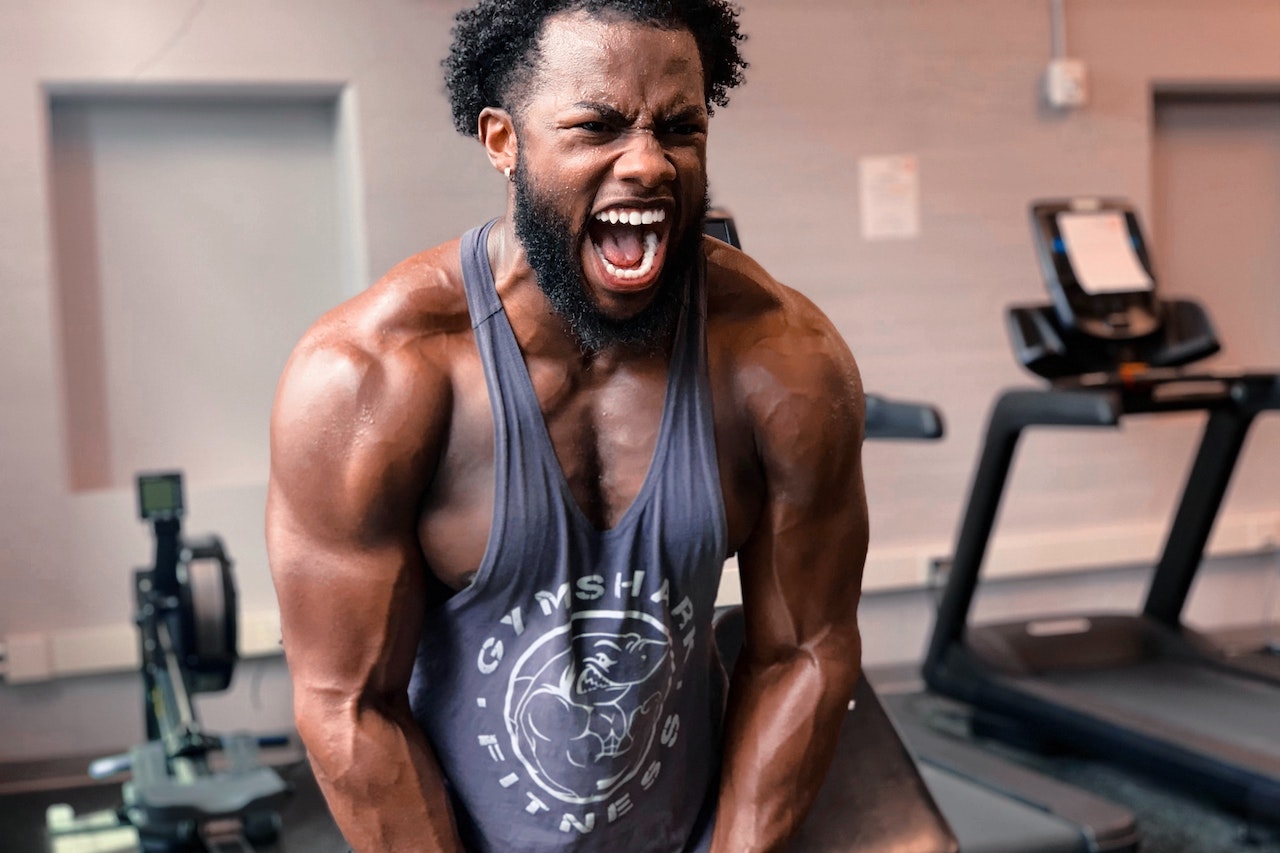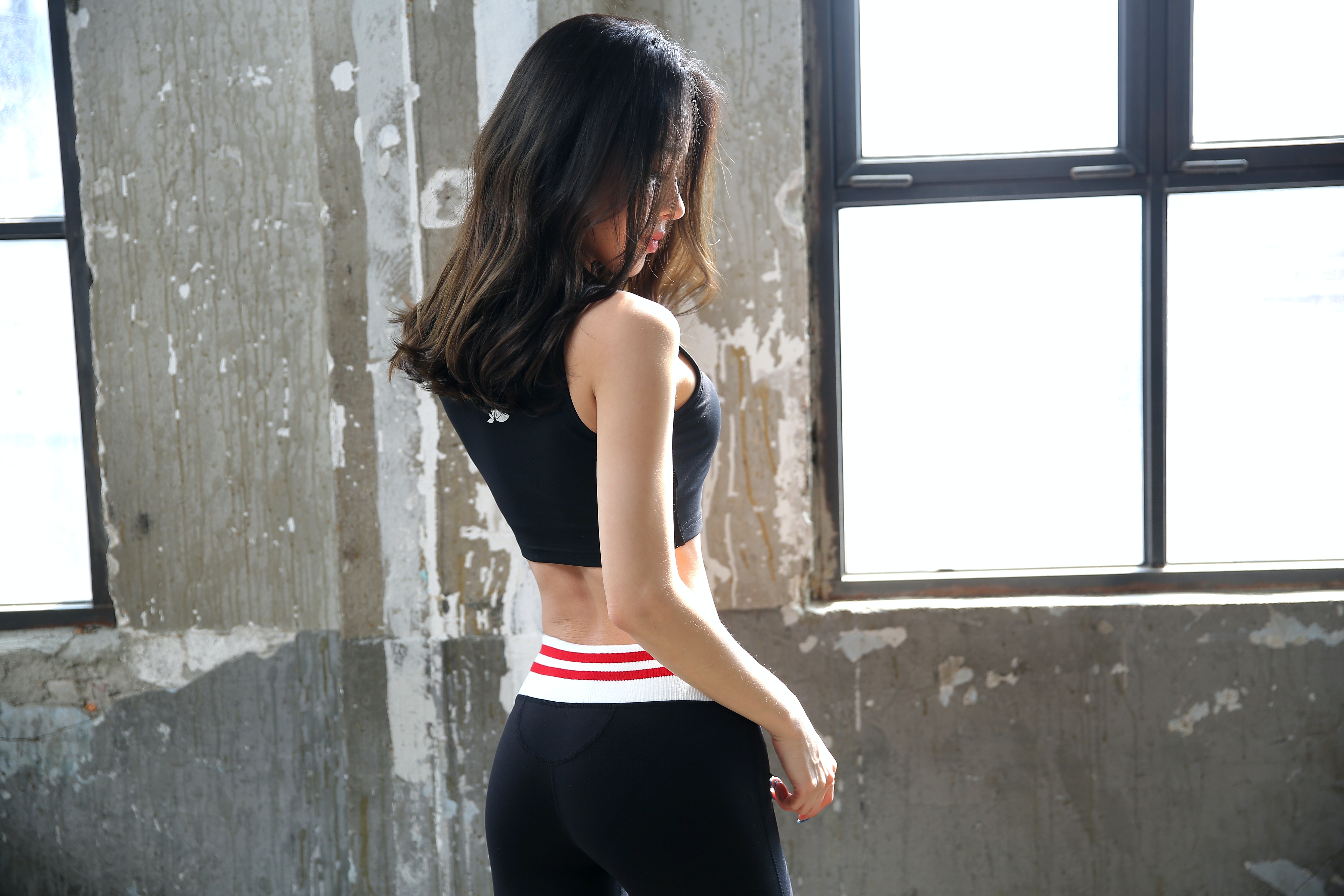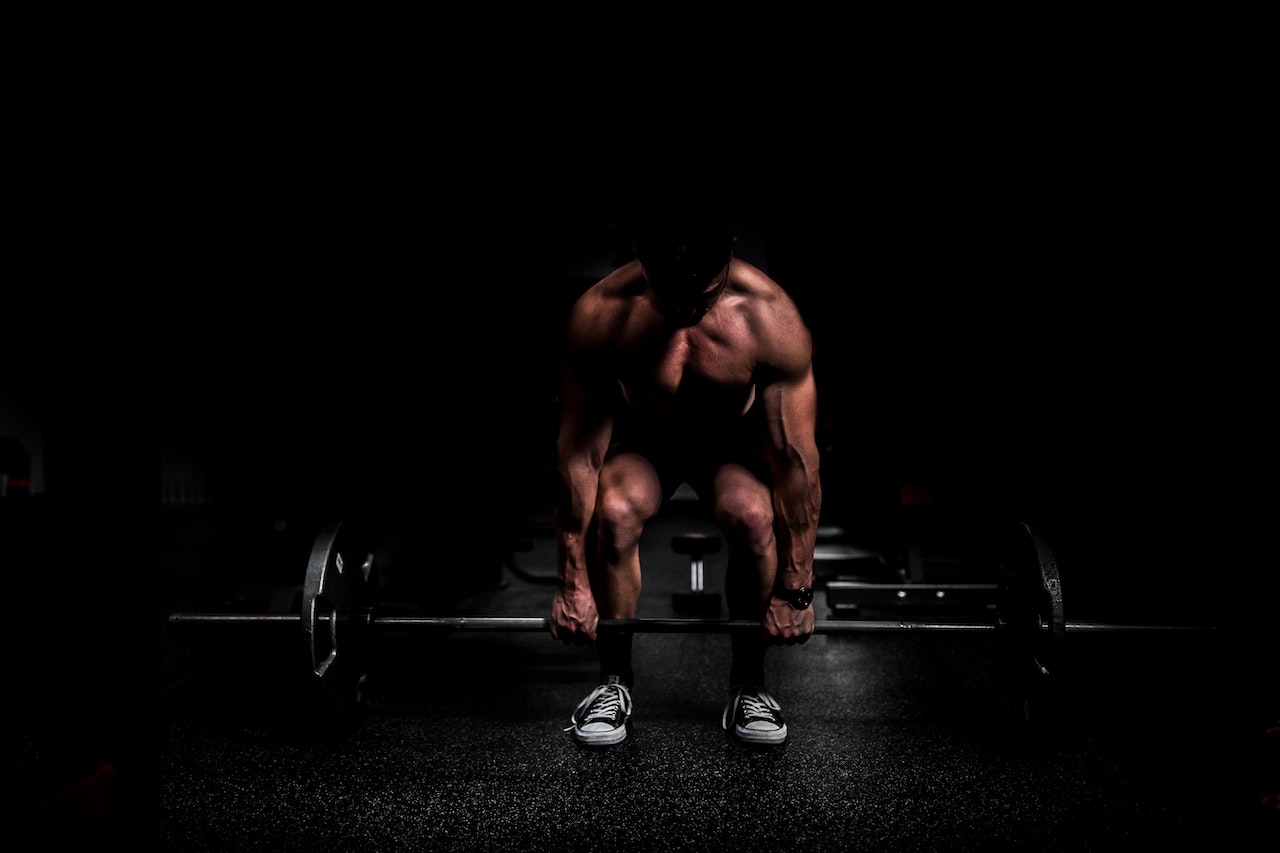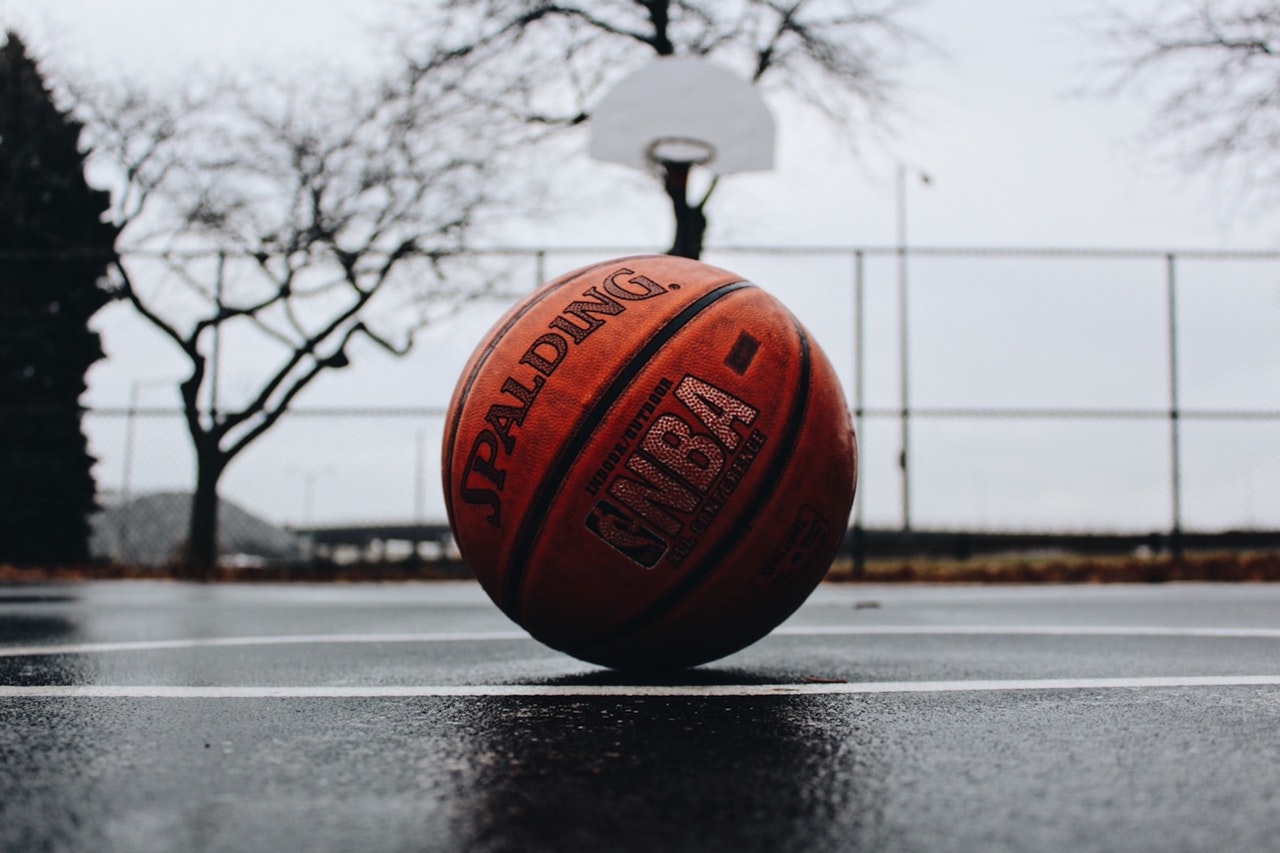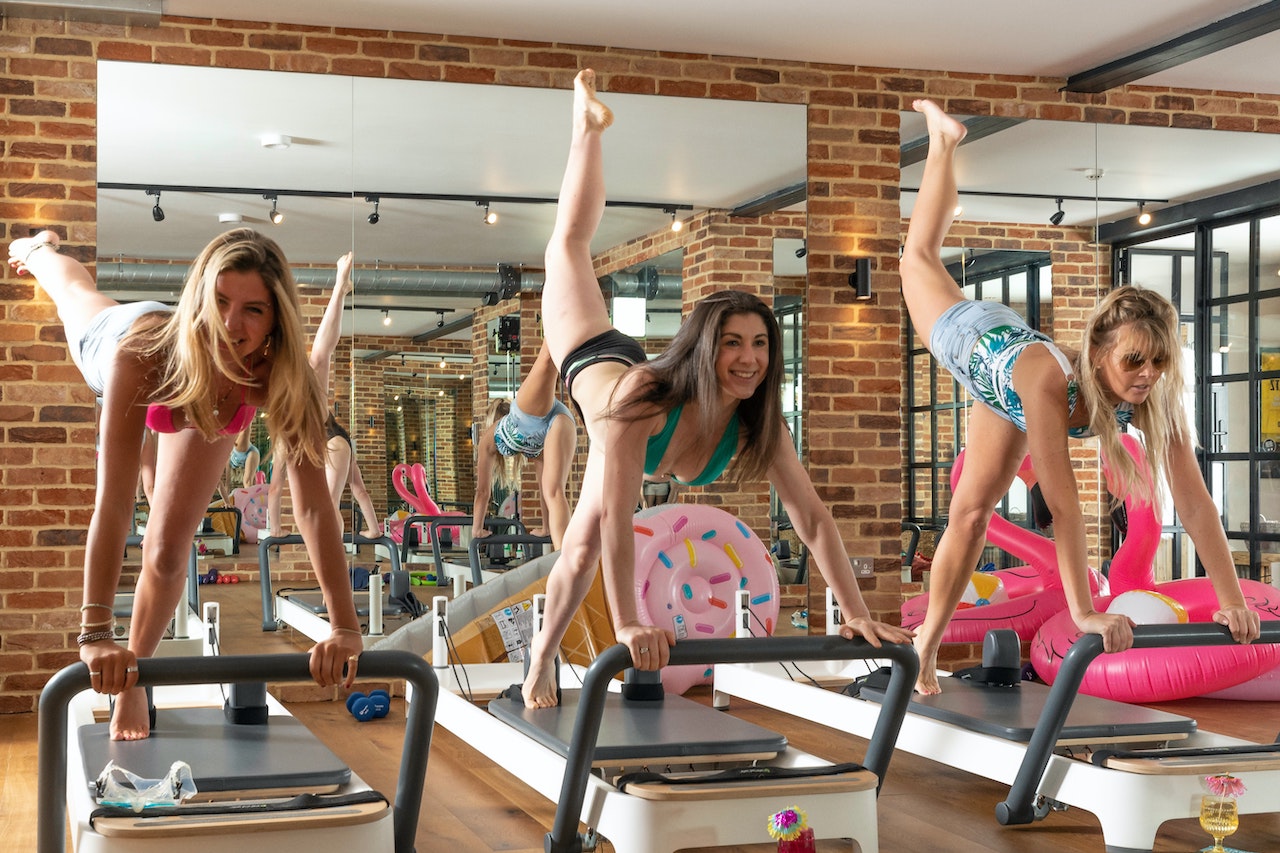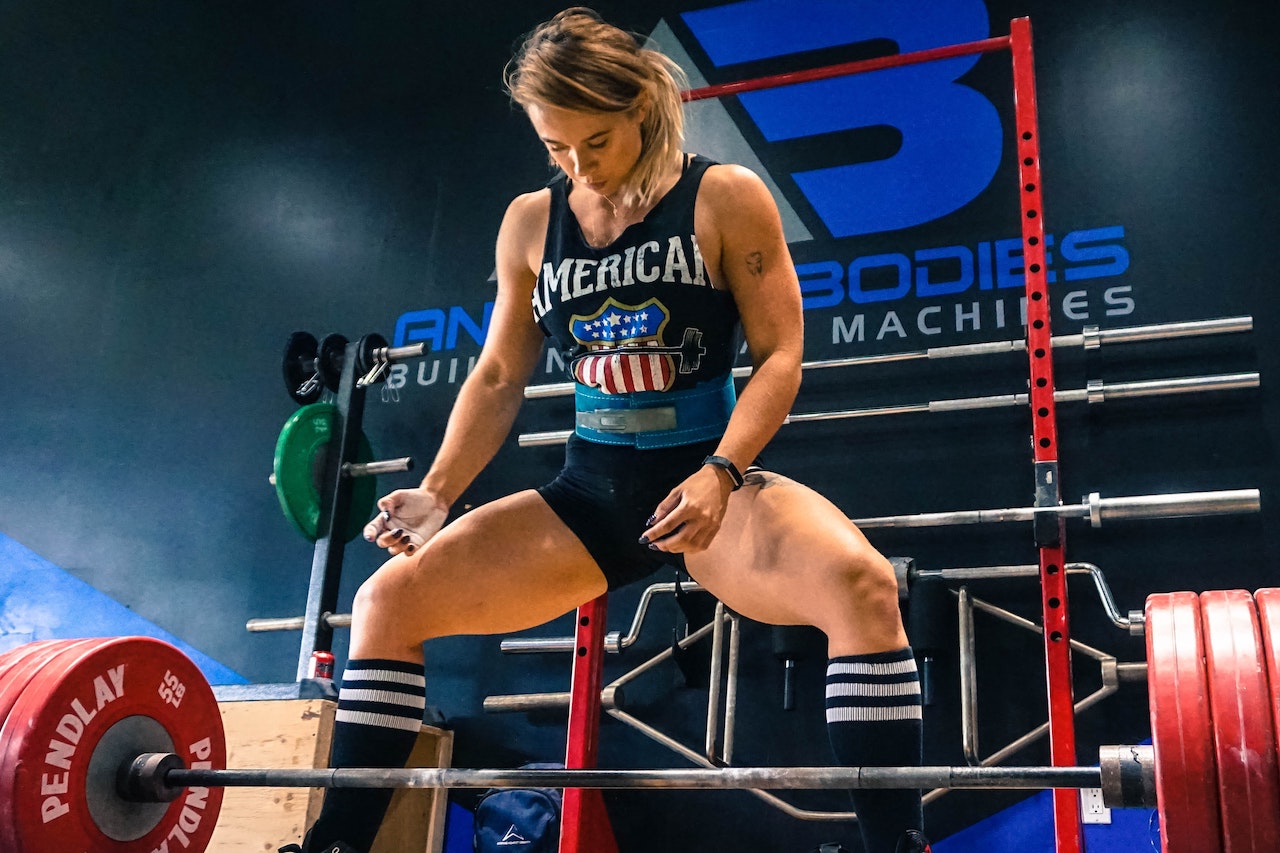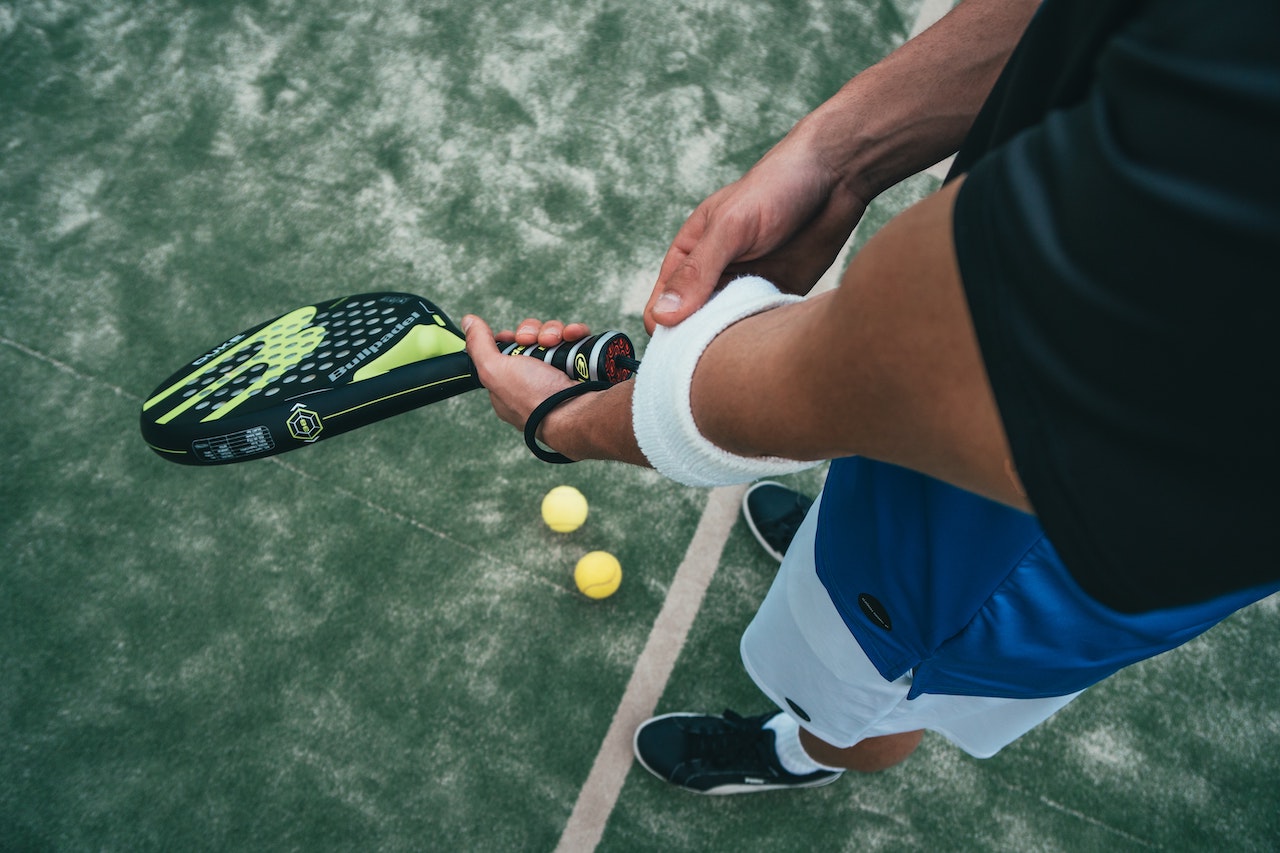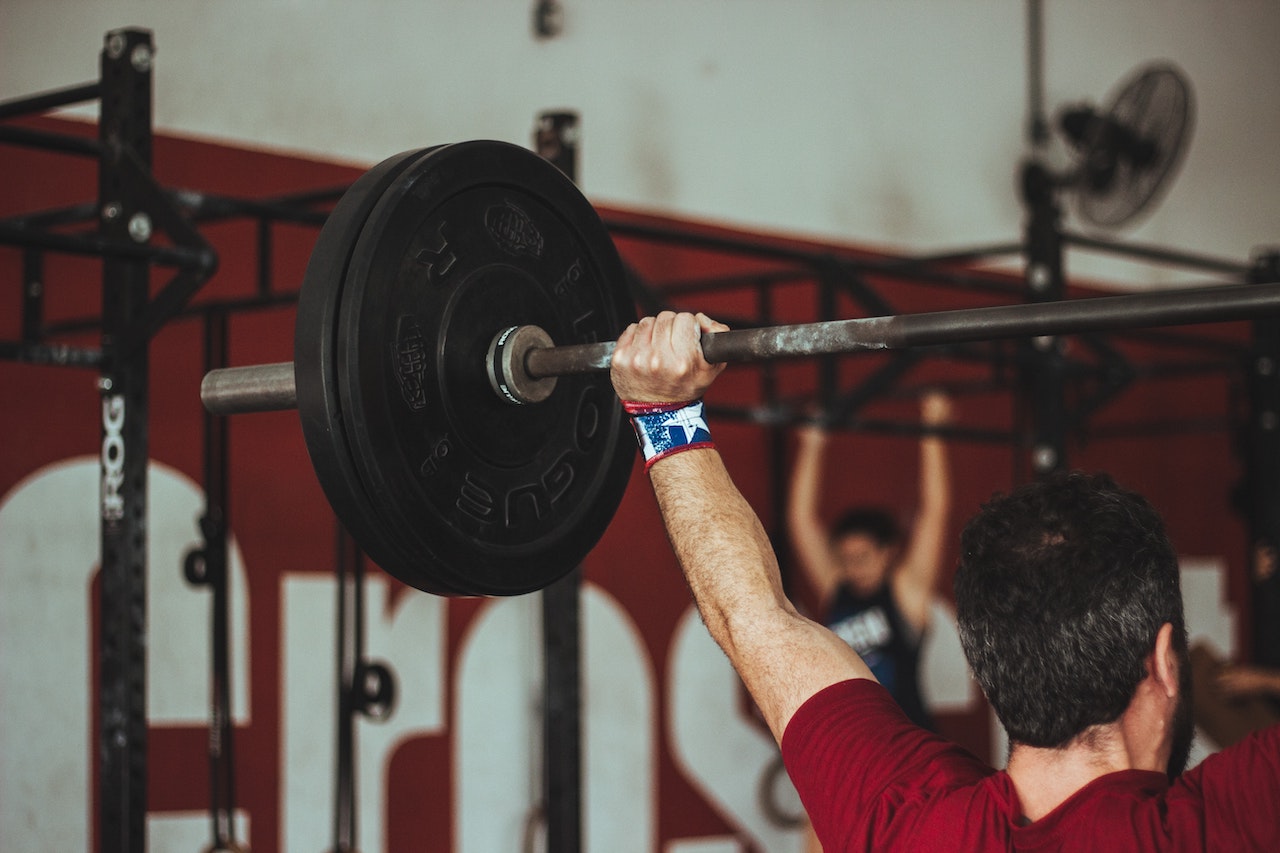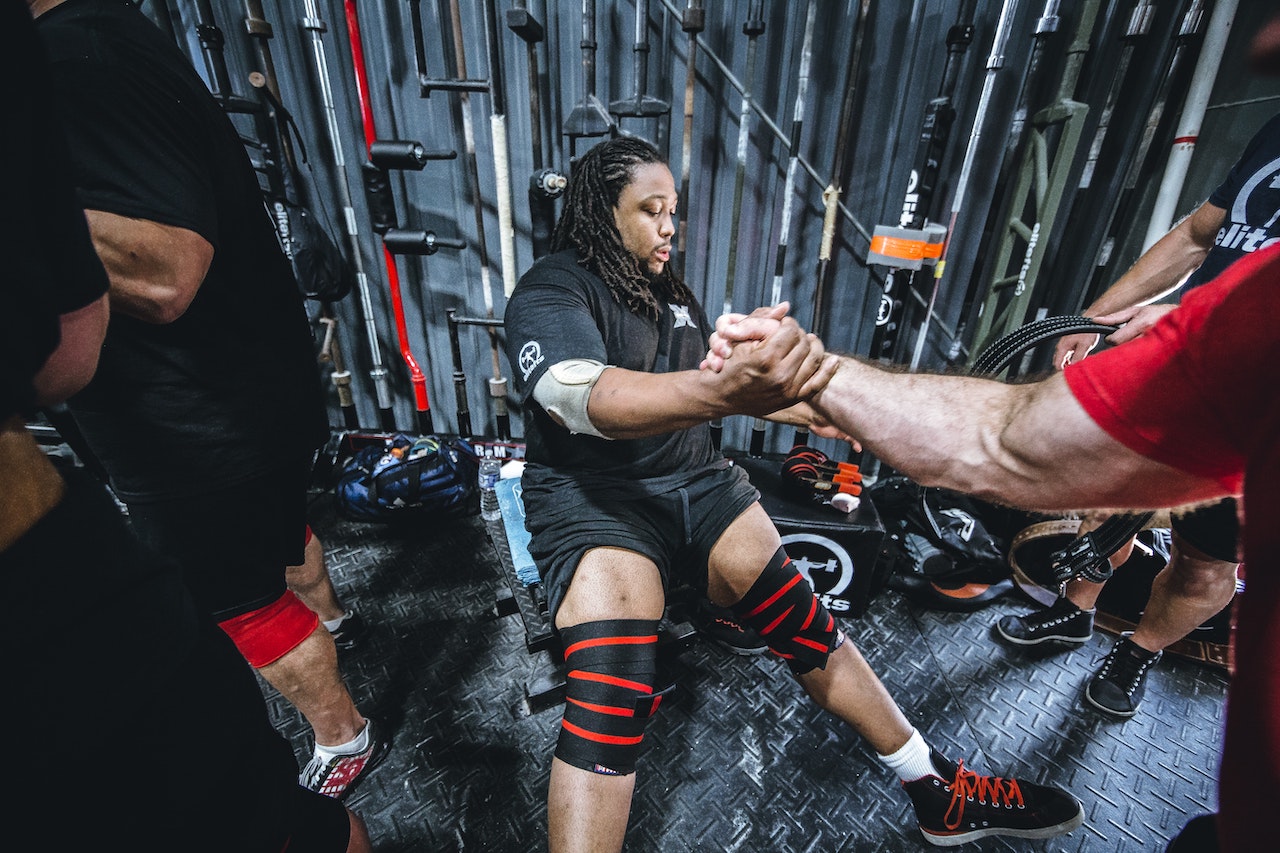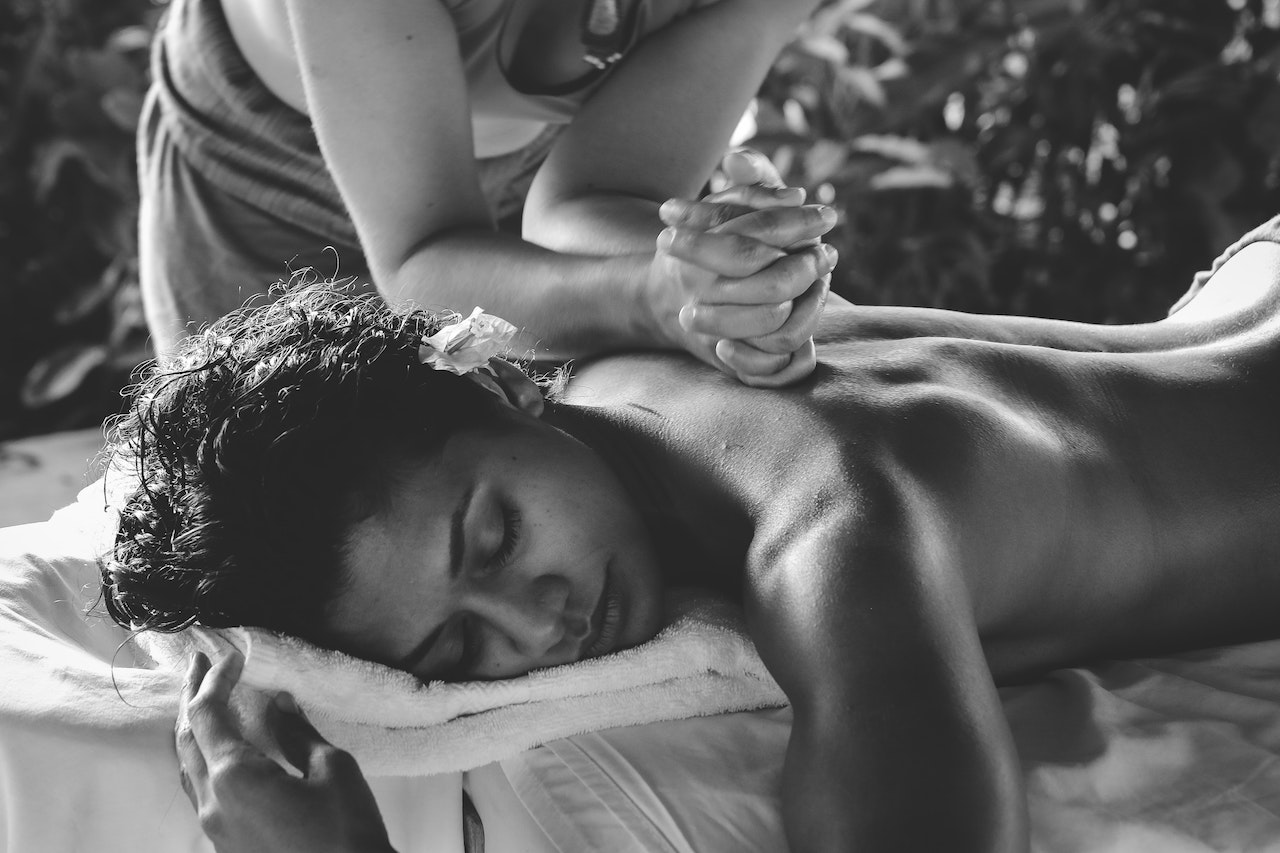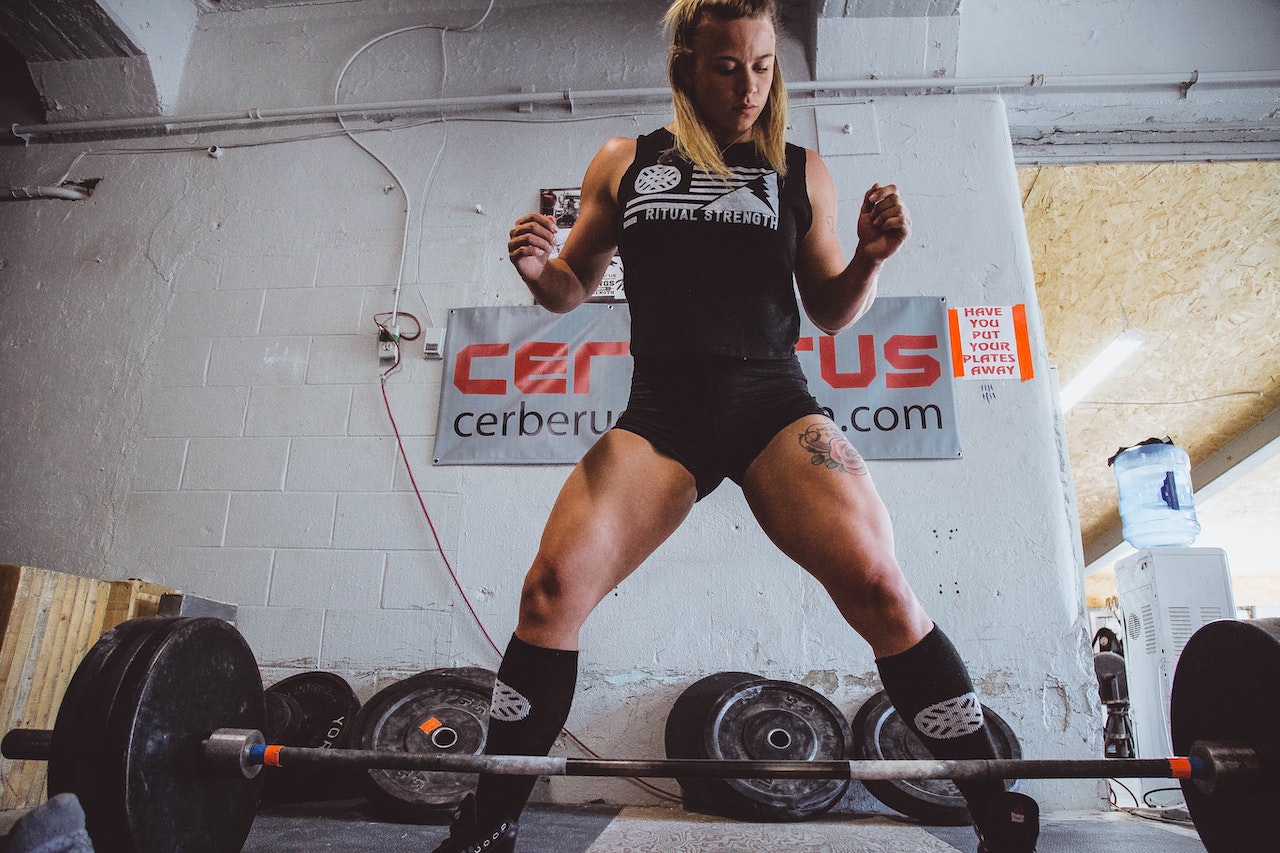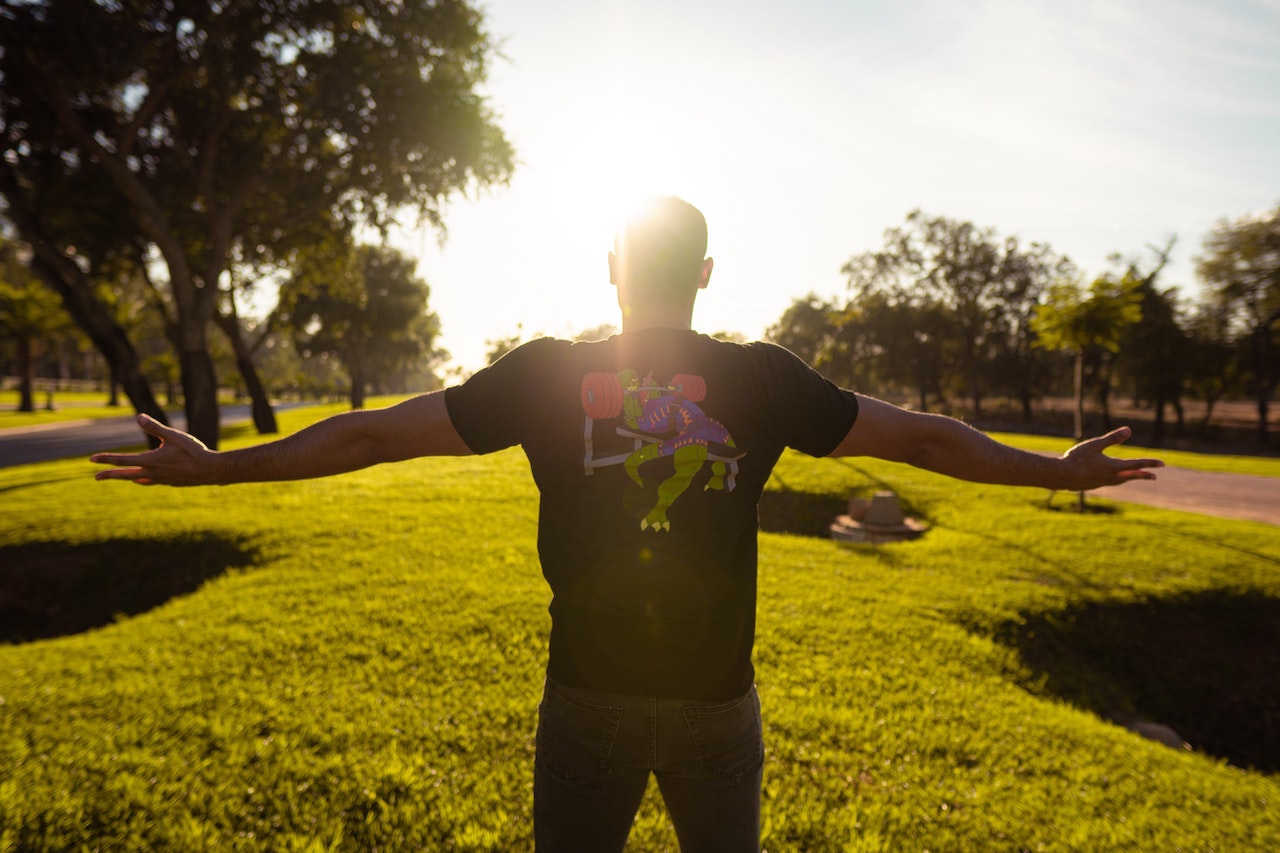One legged king pigeon is my favourite backbend asana. It opens up the hip flexors, external rotators, chest, spine and shoulders at the same time. To start the exercise. You can use a yoga strap to assist, or if your body is too stiff, place a yoga block under your front leg.
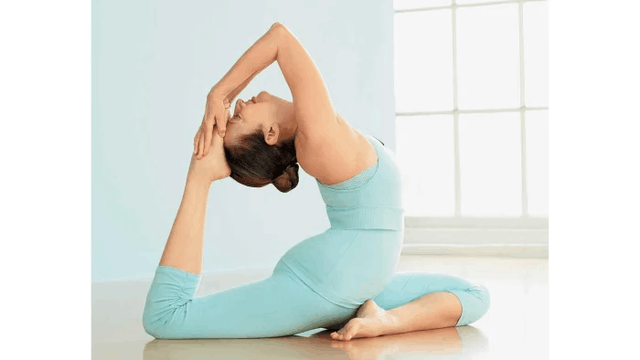
This pose is physically demanding and should be done gradually. In yoga practice, there are many poses that you will not be able to do even with an aid. However, the one-legged king of pigeons pose is very easy to do with the aid. And, when you have the support you need, you will get all the benefits of the pose. Let's see how to practice it.
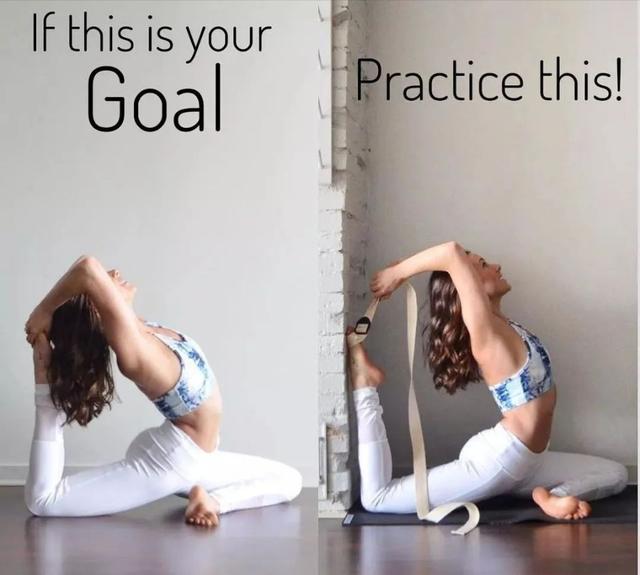
How to prepare for one legged king pigeon pose
To practice one legged pigeon pose, it is important to prepare your entire body. More specifically, you need to stretch the hip flexors, the external rotators of the hip joint, the spine and the shoulders. The best way to do this is to do a complete backbend sequence, for example by practising the wheel sequence first and adding the single leg pigeon pose after the wheel pose.
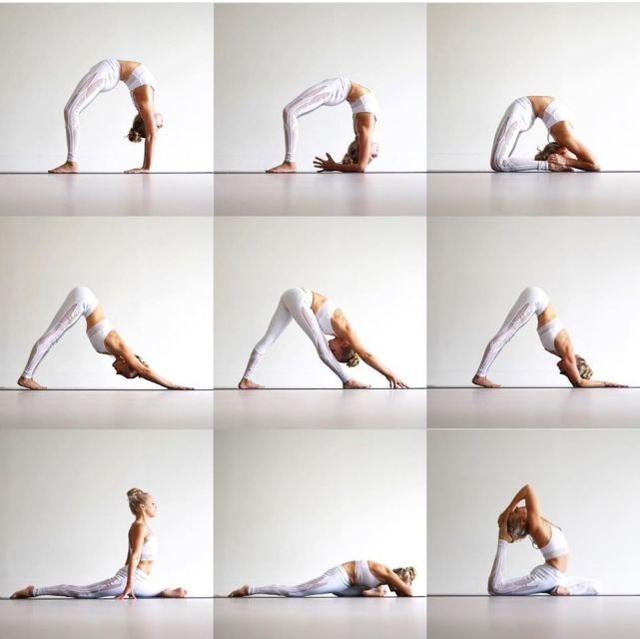
To create your own sequences, work on lunge to open the quadriceps and hip flexors; backbends can be practised in cobra, lunge and wheel; and shoulder-opening asanas such as cow face and dolphin. Then move into the asanas by doing the following.
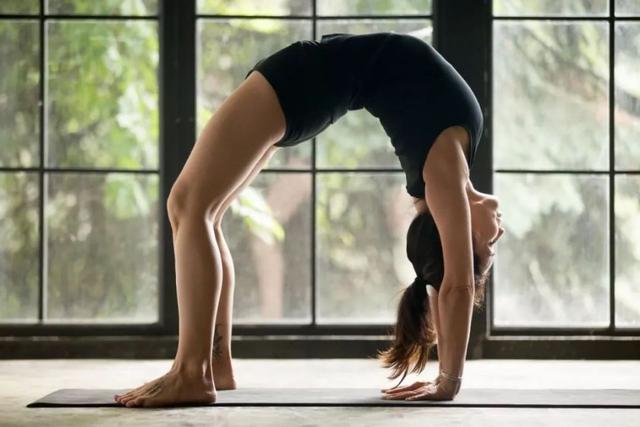
Asanas in detail
A little note: Before you start practising one legged pigeon pose, you need to familiarise yourself with a simpler version of pigeon pose (half pigeon pose). This version is easier to practice and teaches you how to align your legs and hips to complete the pose. Therefore, you should familiarise yourself with the basic alignment of half pigeon pose before proceeding to the next step.

The right leg comes forward into half pigeon pose. If required, have a yoga block (or two) and a yoga strap.
If you are using an aid, then start by elevating your front hip and thigh. Putting a pillow mat or a yoga block under your hips will not help. In fact, it may even cause your pelvis to tilt forward, which is the wrong direction to bend backwards.
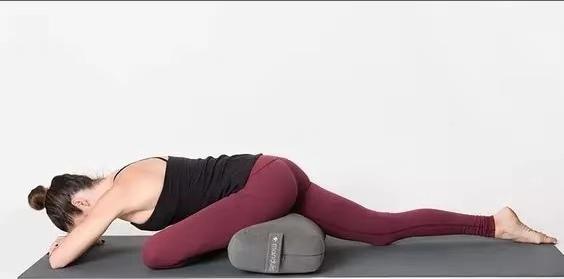
Instead, place a pillow mat under your right hip, thigh and knee to raise them all up. If using a yoga block, place one under your right sit bones and one under your thighs near your knees. Raising the hips and thighs will reduce the flexibility needed for the hip flexors and external rotators to do the pose.
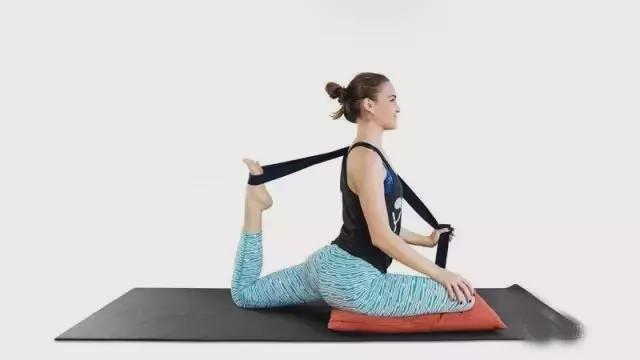
The next step is to make a loop in the yoga strap, wrap it around the arch of the foot and fasten the strap. The yoga strap will provide you with some support if you are unable to grab your foot.
Whether you are using an aid or not, walk your hands towards your hips and press your fingertips into the floor. Press your front shins and the backs of your feet into the floor. Lengthen your spine and lift your chest. Take a deep breath as you prepare to grab your back foot with your hands.
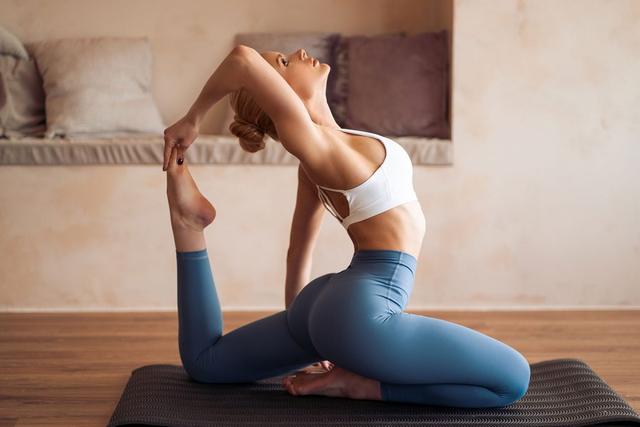
Bend your back knee and reach back with your right arm, grasping the inner arch of your foot (or yoga strap). If you are flexible enough, bend your elbow and rotate it towards the ceiling. Alternatively, change the grip of your foot so that you are holding the big toe or the outside of your foot. If you are using a yoga strap, bend your elbow and grab the strap so that you can bend your elbow and rotate it towards the ceiling.
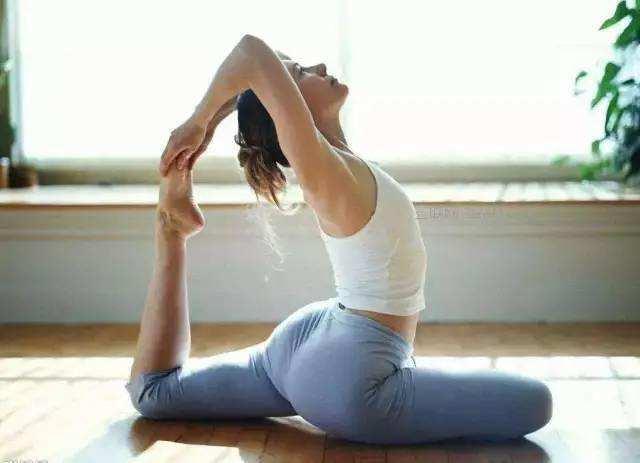
Extend your left arm above your head, bend your elbow and grab your foot (or yoga strap). Next grab the right foot (or yoga strap) with both hands and hold it there. Take a deep breath and further refine the pose, holding it for one to two minutes.


